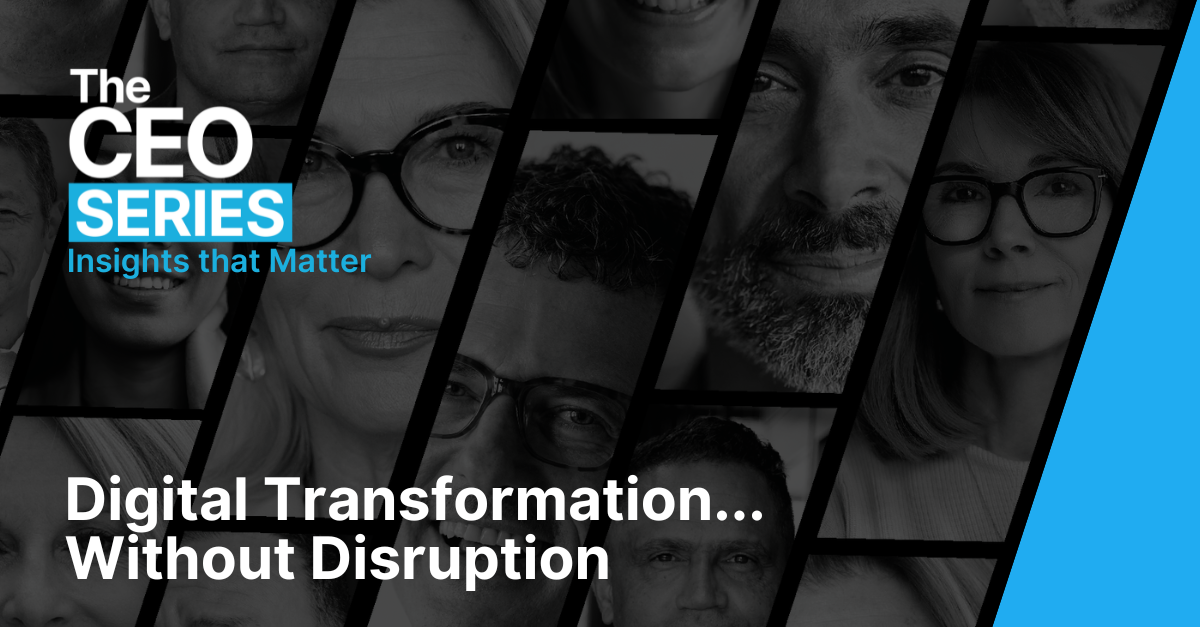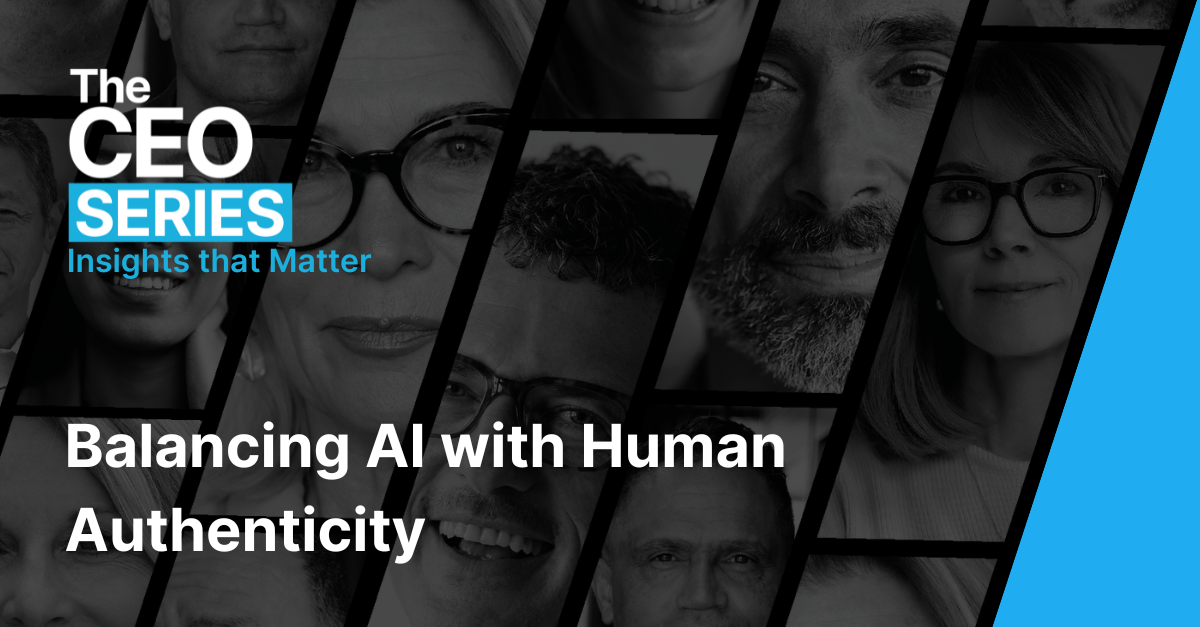
How Do I Transform My Organisation Digitally Without Disrupting Core Operations?
The stakes have never been higher for Australian and New Zealand CEOs. Digital transformation markets across both nations are experiencing explosive growth, with Australia alone projected to reach $84.7 billion by 2033. Yet the challenge remains: modernising without causing operational chaos. The solution lies in strategic incremental change that builds digital capability progressively whilst preserving business continuity.
The New Reality: Transformation is No Longer Optional
Digital transformation has evolved from competitive advantage to survival necessity. Across Australia and New Zealand, organisations are investing unprecedented amounts in digital initiatives, with Australian businesses now allocating 25% of total expenditure to digital tools. The government sector alone is managing over 100 major digital projects, with 61.3% achieving high or medium-high delivery confidence.
This isn't merely about technology adoption. It's about fundamental business model evolution, driven by customer expectations that mirror digital-first experiences. Australian small businesses embracing transformation report growth rates eight times higher than their traditional counterparts, whilst AI spending is projected to reach $3.6 billion by 2025 at an annual growth rate of 24.4%.
The message is clear: organisations that fail to transform risk becoming irrelevant, but those that attempt wholesale change risk operational collapse.
The Pilot-First Strategy: Start Small, Scale Fast
The most successful transformations in Australia begin with carefully designed pilot projects rather than organisation-wide overhauls. Government initiatives like the MyGov platform demonstrate this approach, starting with basic service integration and scaling to serve millions of Australians with over 120 government services.
Why pilots work:
Pilots provide controlled risk environments where new technologies and processes can be tested without jeopardising core operations. They generate proof of concept that builds internal confidence and stakeholder buy-in. Most importantly, they create momentum for scaling by demonstrating tangible value.
Consider the Australian Taxation Office's data centre transformation - a $369.7 million investment that represented the most significant technology transformation in 30 years. Rather than attempting simultaneous replacement of all systems, the ATO implemented a phased approach that maintained service continuity whilst delivering enhanced security and reduced national risk.
Best practices for pilot implementation:
- Select initiatives directly aligned to strategic business outcomes
- Establish clear success metrics before commencement
- Include representative stakeholders from affected business units
- Plan for rapid iteration and refinement based on early learnings
- Design scaling pathways from the outset
Building a Digital-First Culture: The Human Element
Technology enables transformation, but culture determines whether it takes root. Australian organisations leading digital change focus intensively on cultural transformation alongside technological adoption.
Core elements of digital-first culture:
Leadership visibility remains paramount. When senior leaders personally champion digital initiatives, using new tools themselves and celebrating innovation in company communications, transformation accelerates. Australian government digital projects with high delivery confidence consistently feature experienced leadership teams with mature governance models.
Continuous learning environments distinguish successful transformations. This involves comprehensive training programmes spanning all business functions, not merely IT departments. The most effective approach creates digital champions within each business unit who drive local adoption and share best practices across the organisation.
Safe-to-fail experimentation encourages innovation without fear of punitive consequences. Leading Australian organisations reframe failed pilots as "learning sprints," encouraging teams to push boundaries whilst maintaining psychological safety.
Governance Frameworks: Strategic Alignment at Scale
Without robust governance, digital initiatives become fragmented projects driven by vendor enthusiasm rather than strategic necessity. The Australian Government's Digital and ICT Investment Oversight Framework provides a comprehensive model, managing digital investments across entire project lifecycles with six-state end-to-end oversight.
Essential governance components:
Strategic alignment mechanisms ensure every digital project directly supports core business objectives. This includes regular board-level reviews that evaluate progress against predetermined success metrics, not merely technical milestones.
Clear accountability structures define roles and responsibilities across digital and operational functions. Australian organisations achieving transformation success consistently implement cross-functional governance committees that bridge traditional organisational silos.
Benefits management disciplines maintain focus on value creation rather than technology implementation. The Australian Government's new Benefits Management Policy exemplifies this approach, requiring clear articulation of expected outcomes before project approval.
Real-World Success: Learning from Australian Leaders.png?width=400&height=800&name=TakeAway%20Box%20-%20Talent%20CEO%20Issues%20(4).png)
Successful digital transformations across Australia and New Zealand share common characteristics. The Digital Identity initiative now serves over 8 million Australians and 1.4 million businesses accessing 120+ government services, demonstrating how incremental expansion can achieve massive scale whilst maintaining security and reliability.
In the private sector, Australian manufacturers implementing Industry 4.0 technologies report 50% faster project starts and 50% fewer defects when using digital quality platforms. These organisations succeed by implementing automation and IoT technologies at specific production sites whilst maintaining proven processes elsewhere.
Smart city initiatives across Darwin, Brisbane, Perth, Melbourne, and Adelaide showcase how digital transformation can enhance infrastructure without disrupting essential services. These projects improve traffic management, environmental monitoring, and public safety through targeted technology deployment.
Practical Leadership Actions
CEOs and senior executives can accelerate transformation without disruption through specific leadership behaviours:
Demonstrate personal commitment by actively using digital tools and celebrating innovation achievements in organisational communications. Invest systematically in capability development across all business functions, recognising that digital literacy requirements extend far beyond IT departments. Remove legacy barriers that impede innovation, including outdated approval processes and rigid hierarchical structures.
Establish partnerships with technology providers and educational institutions to access expertise and accelerate capability building. Create measurement frameworks that balance technical metrics with business value indicators.
The Path Forward: Evolution, Not Revolution
Digital transformation succeeds when approached as organisational evolution rather than revolutionary disruption. By implementing incremental change programmes supported by robust governance frameworks and digital-first cultures, Australian and New Zealand leaders can modernise operations whilst preserving business continuity.
The competitive landscape demands transformation, but success depends on strategic execution that respects existing strengths whilst building future capabilities. Through pilot-first strategies, cultural transformation, and systematic governance, organisations can achieve digital maturity without operational chaos.
In this journey toward digital maturity, no business leader should ever walk alone. The experiences of successful Australian and New Zealand organisations provide proven pathways for transformation that strengthens rather than disrupts core operations, ensuring relevance and growth in an increasingly digital future.

3 min read
Balancing AI with Human Authenticity
How Should I Position My Company to Capitalise on AI Without Losing Human Authenticity? Artificial intelligence is no longer a futuristic promise -...

4 min read
Strengthening Cyber Defences in an Era of Constant Threat
The Business Risk That Can No Longer Wait Australia faces a relentless wave of cyber threats, with businesses confronting around 164 cyber incidents...

